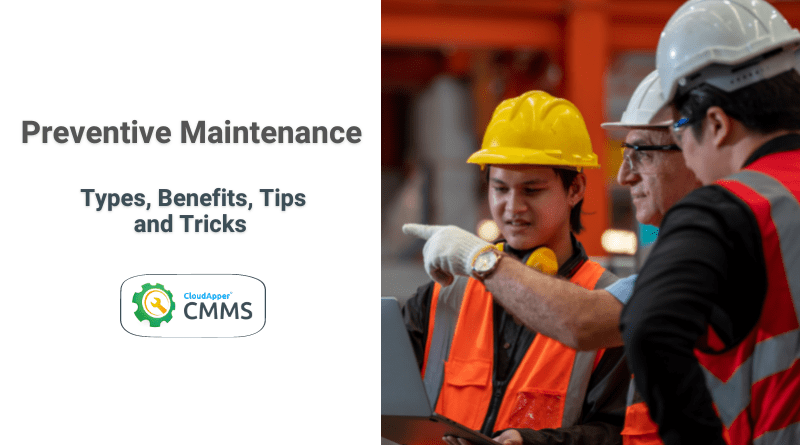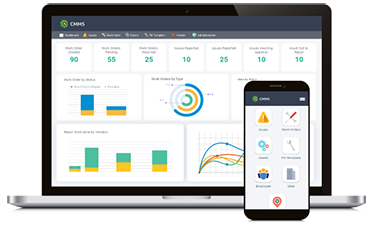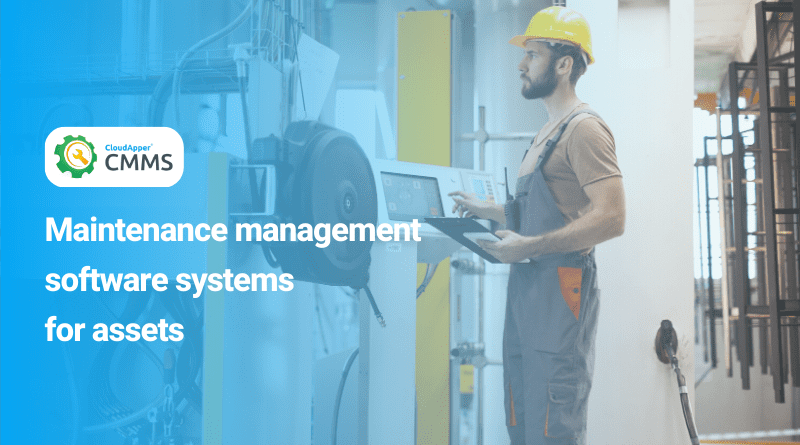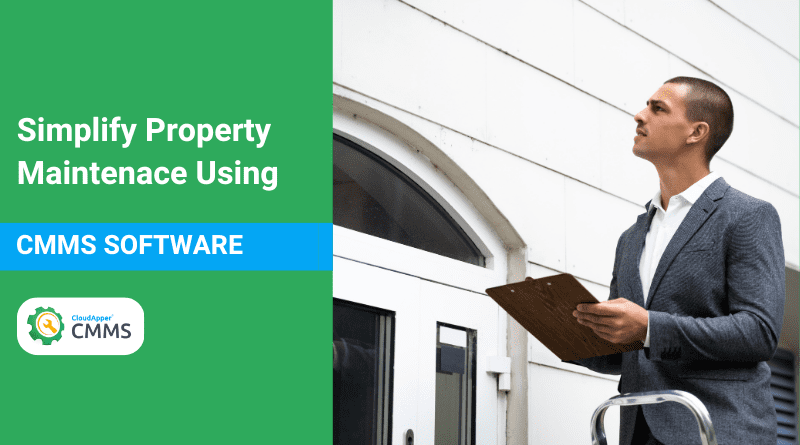Table of Contents
As the cornerstone of long-term facility management, preventive maintenance is crucial. Preventative maintenance helps you save money by preventing significant breakdowns in the future, maintains your assets in good operating order, and protects the well-being of your employees. In addition, minimized downtime is experienced during operations due to a well-functioning preventative maintenance program.
What is Preventive Maintenance?
Preventive maintenance is regularly conducted on assets to decrease the likelihood of equipment failure and unscheduled machine downtime, which can be highly costly for maintenance teams and facility managers. Effective preventive maintenance is planned and scheduled with the use of real-time data insights, usually with the help of CMMS Software. Preventative maintenance is carried out on running machinery to avert failures. A preventive maintenance plan is a common approach between reactive (or run-to-failure) and predictive maintenance.
Preventive Maintenance Types
There are no fixed types of preventive care, but we can review some of the approaches to preventive maintenance.
- Time-based:
If you replace your air filter every six months, you engage in time-based maintenance. Time-based maintenance tasks might range from inspecting and cleaning to service and part replacement. TBM frequency is usually established based on the equipment supplier’s guidelines and the machine’s prior effectiveness. - Failure-finding:
Failure-finding maintenance is performed to check that something, usually a protective device, is still operational. Protective devices are intended to draw attention to issues, halt a process to avoid more problems, and protect against tragedies. For example, periodically activating an alert would be deemed failure-finding maintenance. - Risk-based:
Risk-based maintenance reduces mechanical failures by assessing the degrees of risk associated with your equipment and improving your maintenance activities appropriately. The concept behind risk-based supervision is simply Pareto’s Law: 80 percent of problems are related to only 20 percent of your machinery. Therefore, it makes sense to concentrate your energy on those sectors. - Condition-based:
Condition-based surveillance monitors the quality of a piece of running tools and machinery to identify what maintenance is required and when it should be performed. Signs of deterioration or impending failure indicate that maintenance is required to return the equipment to its prior level of performance and dependability. - Predictive maintenance:
It predicts when a piece of equipment will fail and addresses it before it happens. Predictive maintenance seeks to optimize uptime rather than merely minimizing downtime. Therefore, it is superior to standard preventative maintenance methods since it helps avoid breakdowns quickly.
Preventive Maintenance Benefits
Preventive maintenance is the most used maintenance methodology. Preventative maintenance provides numerous significant benefits to corporations, including:
Safety
First, preventative maintenance improves safety by lessening the likelihood of assets breaking down and causing injury, decreasing the chances of damage and any accountability lawsuit resulting from it.
Longevity
Second, you can help equipment last longer by ensuring it’s still working as it should. Defective components limit the lifespan of your machinery, forcing you to either replace it or repair it at great expense.
Productivity
The third benefit is increased productivity; research shows poor maintenance may cut business production by 20%. You can keep output from falling, boost efficiency, and decrease downtime by keeping up with necessary repairs.
Efficient
Fourth, you’ll save money by not replacing broken machinery, which is estimated to cost 10 times as much as preventative maintenance. Additionally, if you know what maintenance is needed, you can schedule it at the right time, and determine whether it can be done in-house or if you need to bring in an expert.
Sustainability
Finally, PM may also help the environment by reducing energy consumption since poorly maintained assets use more power than well-kept ones. There is also the monetary advantage of decreased energy costs.
Tip & Tricks For Effective Preventive Maintenance
Planning a variety of checkups and adjustments at set intervals is at the heart of preventive maintenance’s ability to keep the machinery running smoothly and reduce downtime to a minimum. Without CMMS software, preventative maintenance and performance monitoring cannot be carried out effectively. Therefore, maintenance management software may significantly enhance the effectiveness of preventative maintenance. We have a separate article that focuses on the tip & tricks for effective preventive maintenance, so make sure you check out that article, too.
Maintaining assets is one of the essential tasks of managing a successful facility. You can easily do maintenance using simple CMMS software. If you want to try it out, please get in touch with CloudApper.
What is CloudApper AI Platform?
CloudApper AI is an advanced platform that enables organizations to integrate AI into their existing enterprise systems effortlessly, without the need for technical expertise, costly development, or upgrading the underlying infrastructure. By transforming legacy systems into AI-capable solutions, CloudApper allows companies to harness the power of Generative AI quickly and efficiently. This approach has been successfully implemented with leading systems like UKG, Workday, Oracle, Paradox, Amazon AWS Bedrock and can be applied across various industries, helping businesses enhance productivity, automate processes, and gain deeper insights without the usual complexities. With CloudApper AI, you can start experiencing the transformative benefits of AI today. Learn More

















